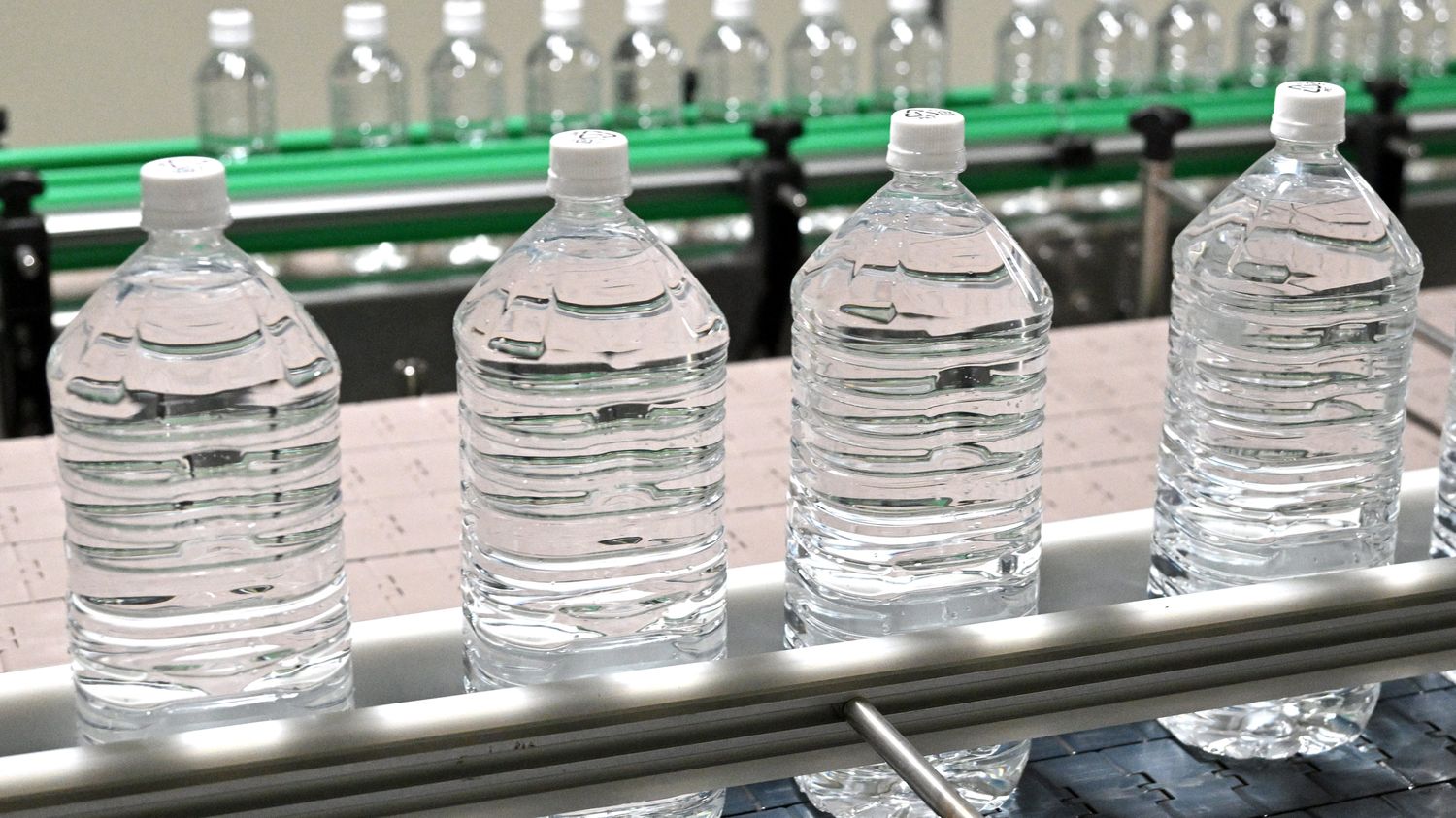The concentration of nanoplastics is up to 100 times higher than previously estimated, according to the researchers, who used a brand new technique using lasers.
Published
Reading time: 1 min

Water from plastic bottles contains up to 100 times more tiny plastic particles than previously estimated, according to a new study published Monday January 8. Using an innovative technique, scientists counted an average of 240,000 detectable plastic fragments per liter of water, after testing the product from several popular brands.
This study, published in the journal PNAS raises questions about the potential health consequences for bottled water consumers. “If people are worried (…), it is reasonable to consider alternatives, such as tap water”underlined Beizhan Yan, co-author of the study. “We do not recommend not drinking bottled water when necessaryhe adds however, as the risk of dehydration may be greater than the potential consequences of exposure to nanoplastics.”
“All bottled water contains nanoplastics”
Microplastics are less than 5,000 micrometers (less than 5 millimeters), while nanoplastics are less than one micrometer. Present everywhere on the planet, these are so small that they can enter the blood system and therefore even the organs, including the brain and the heart. Research into their consequences on ecosystems and human health is still limited, but some studies have already highlighted harmful effects, for example on the reproductive system.
For the study published Monday, the researchers used a brand new technique using lasers. They tested three brands of water, without revealing their names. “We believe that all bottled water contains nanoplastics, so highlighting some of them could be considered unfair”Beizhan Yan explained.
The results showed that each liter of water contained between 110,000 and 370,000 particles, of which 90% were nanoplastics, with the rest being microplastics. The most common type found was nylon (probably from plastic filters used to purify water), followed by polyethylene terephthalate (PET), the material the bottles are made from. In the future, researchers hope to test tap water, which also contains microplastics, but in lower quantities.
